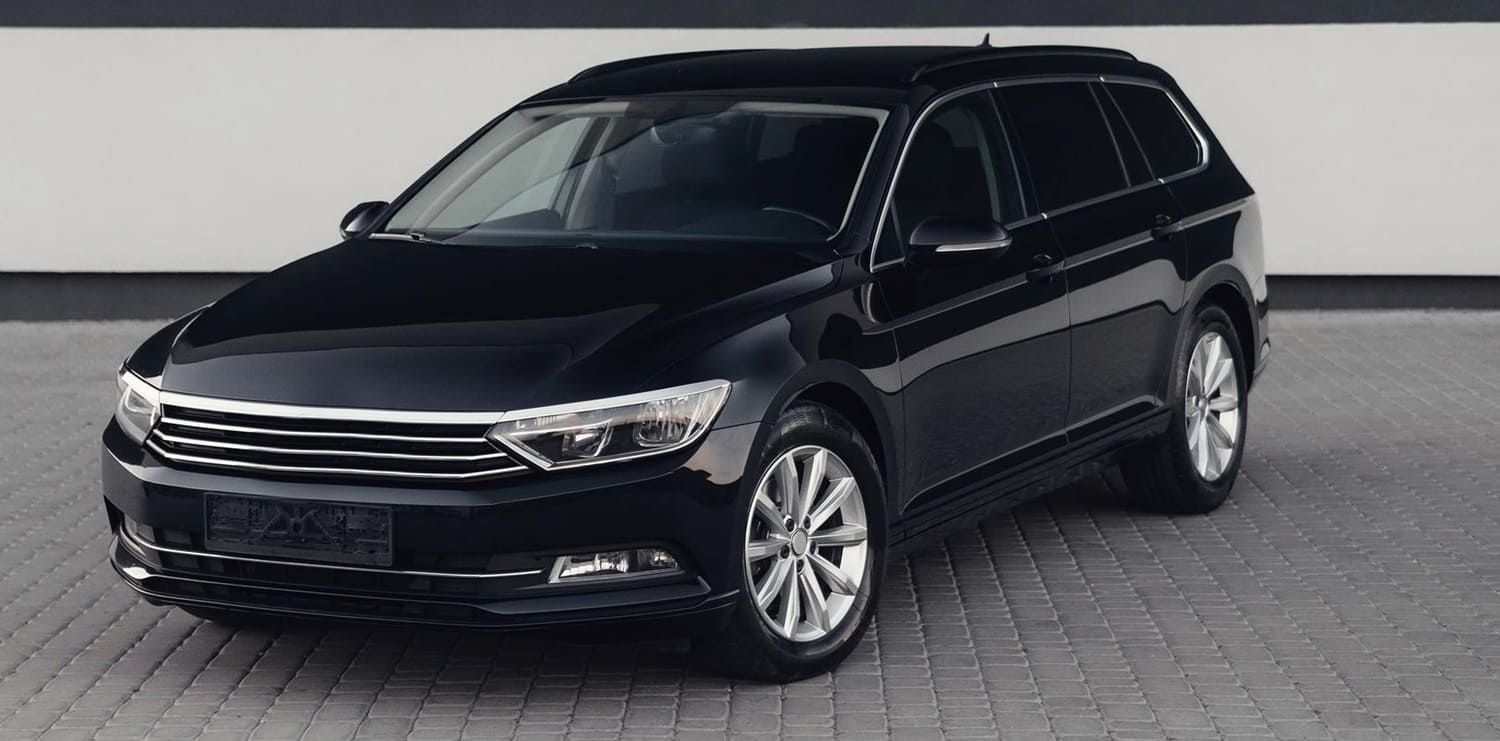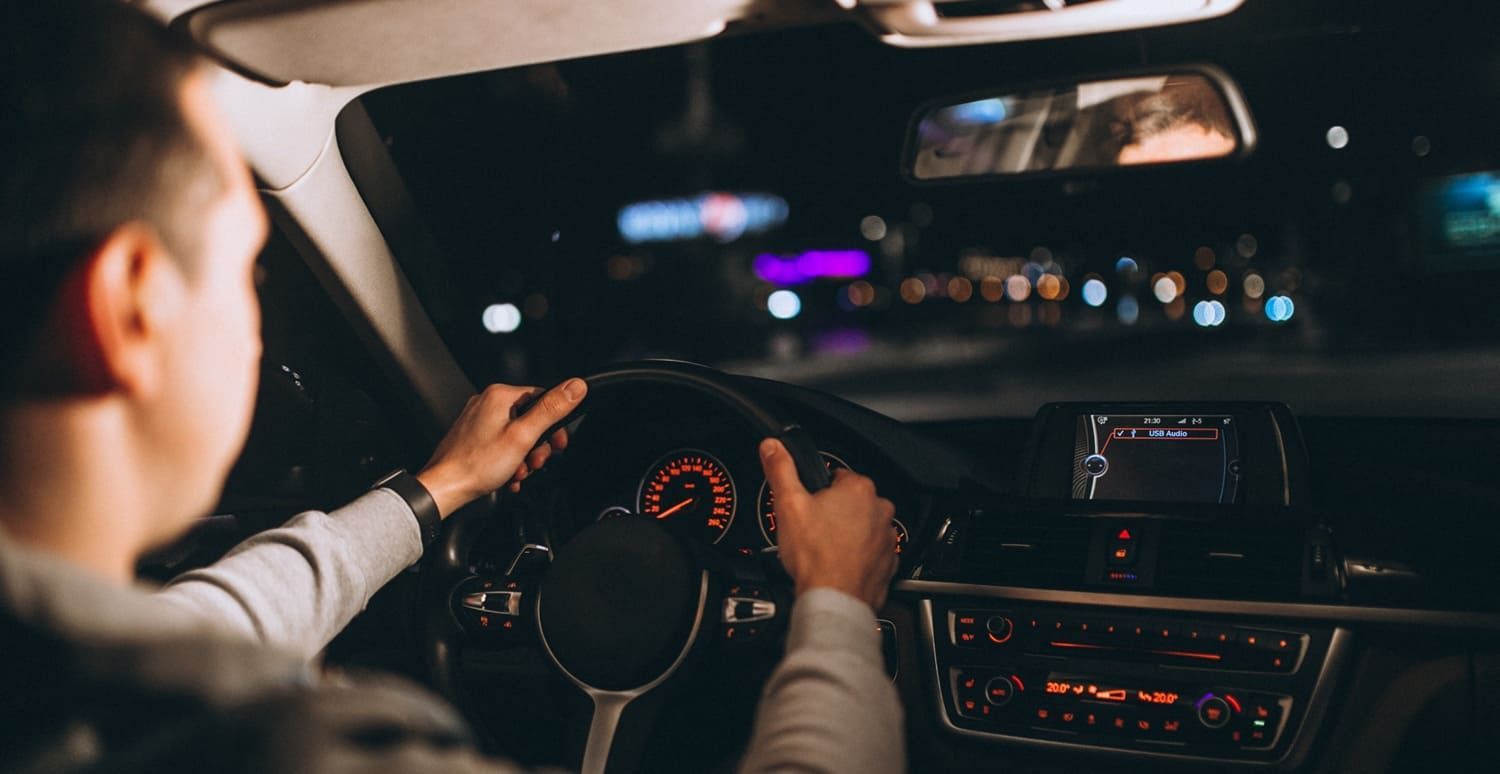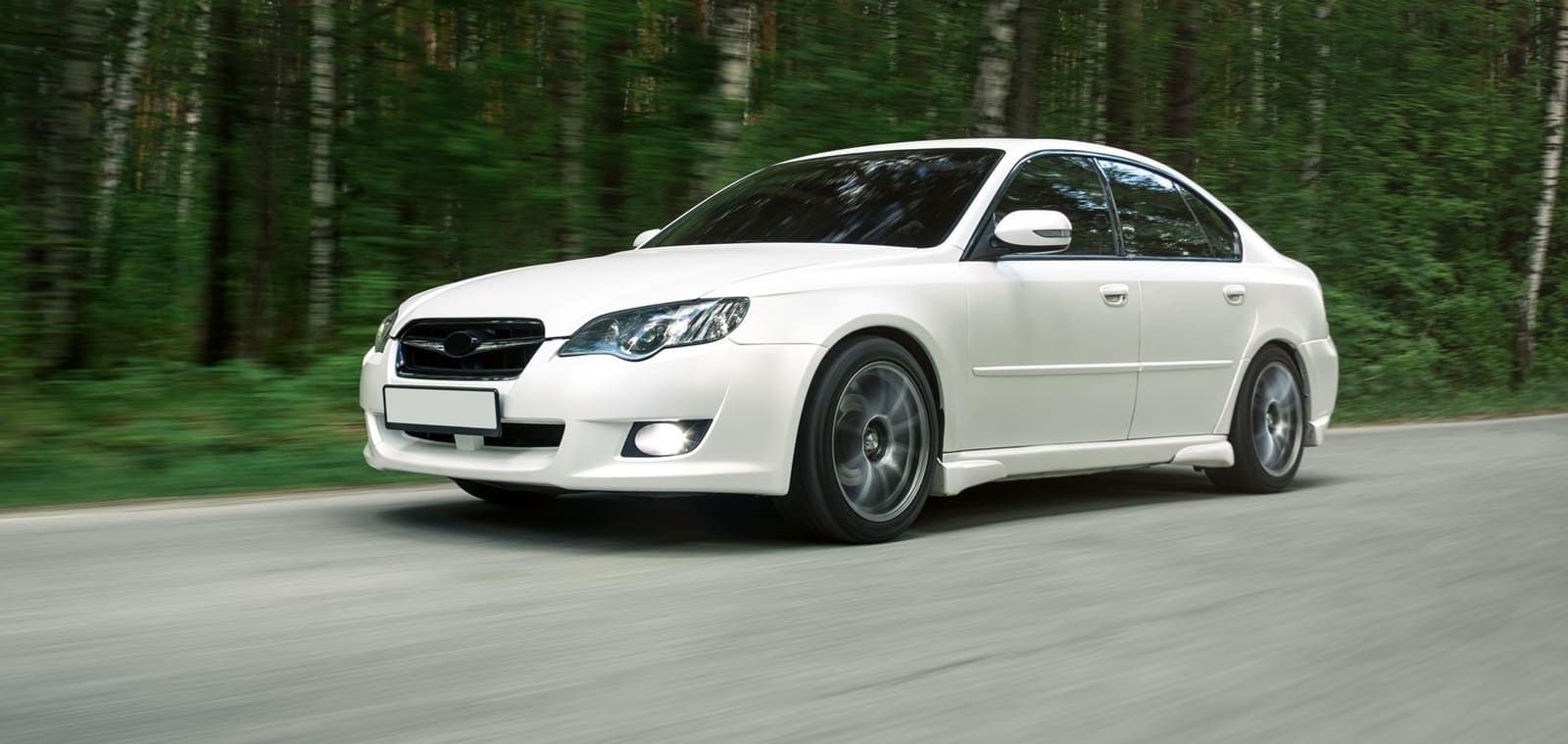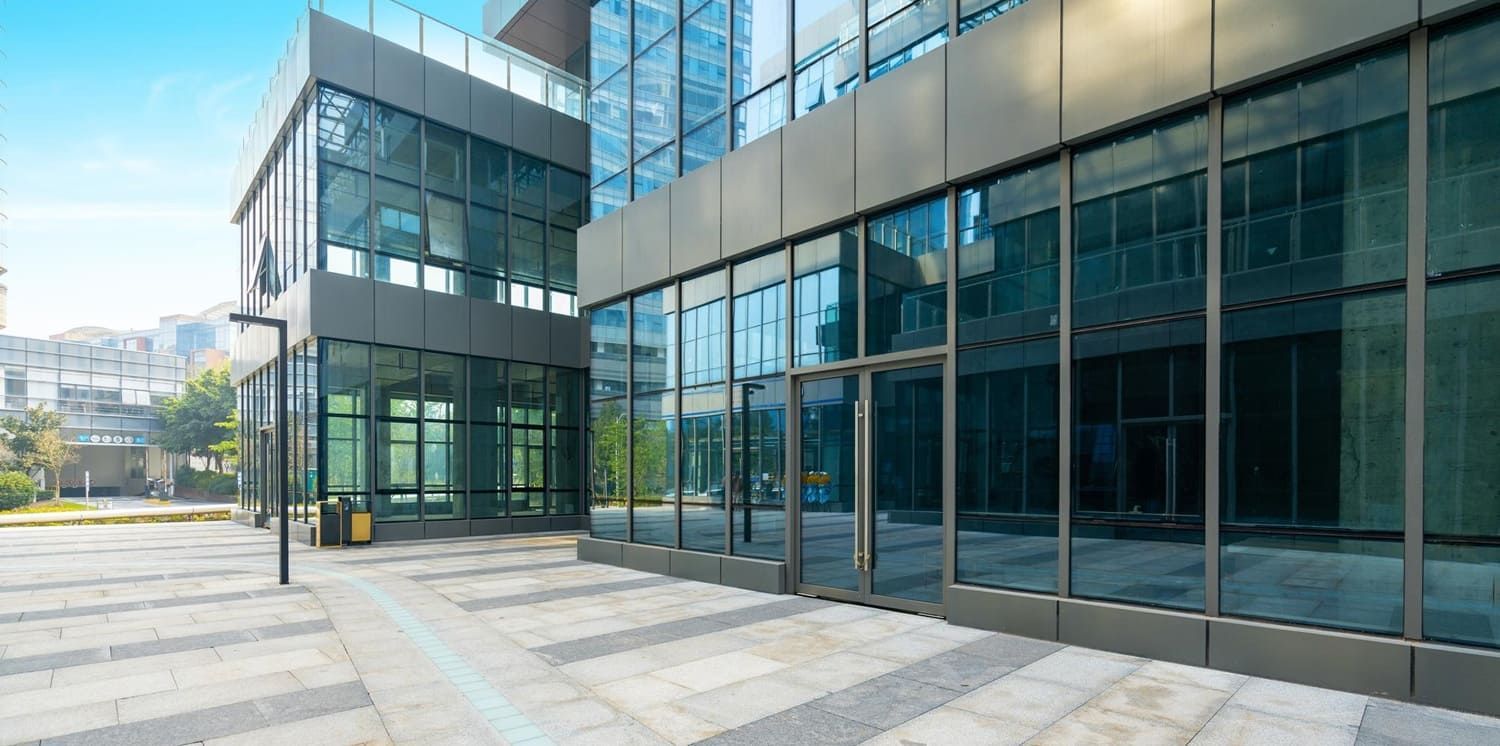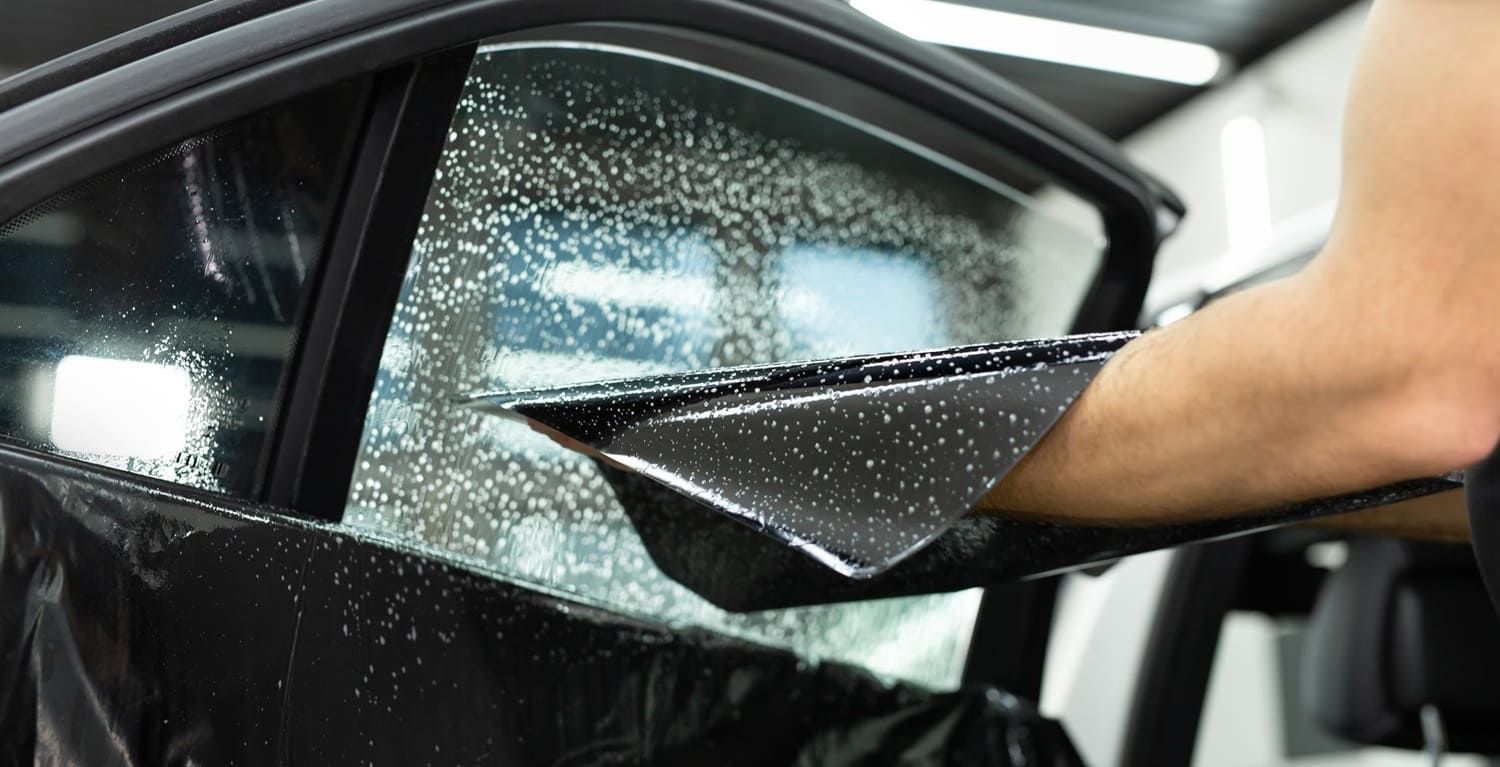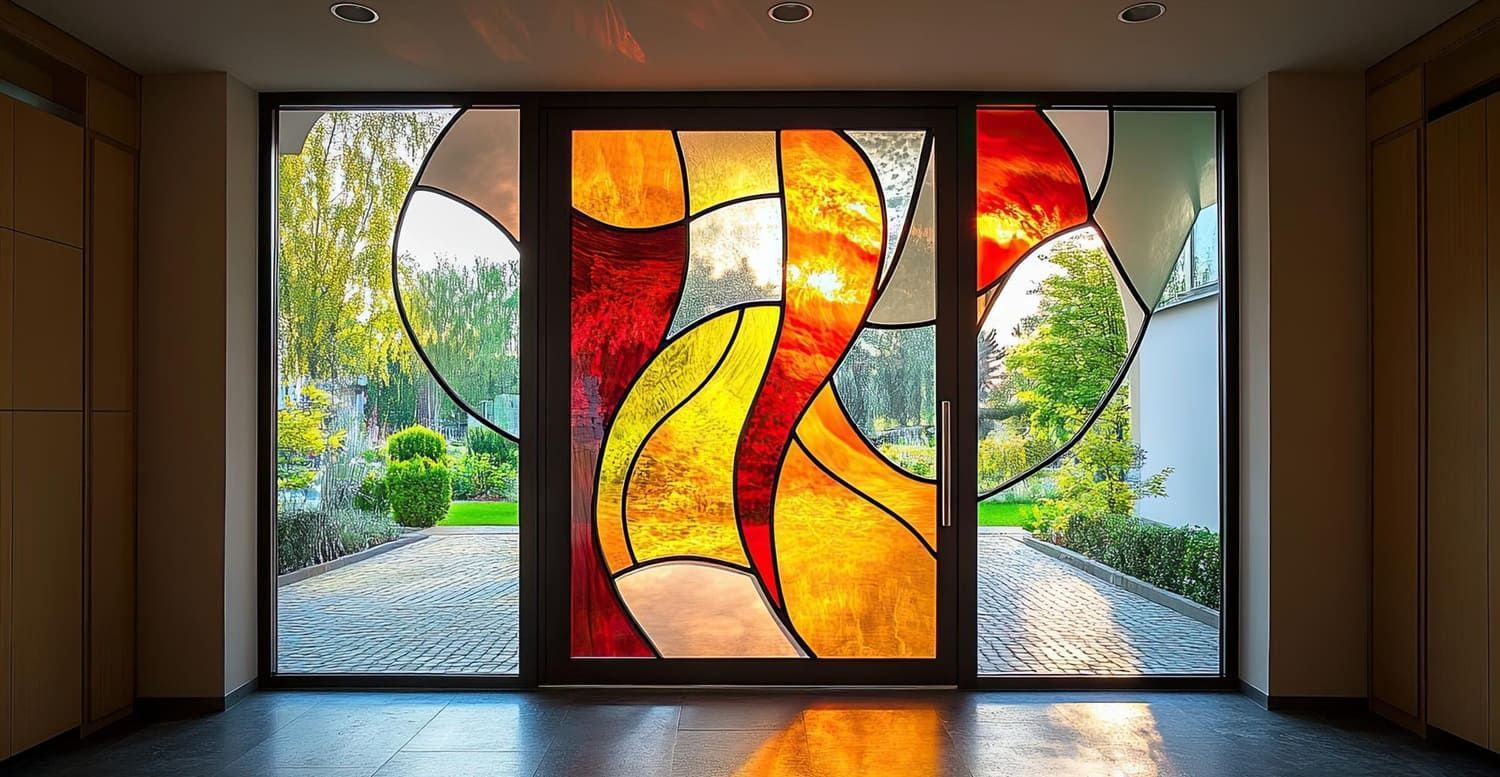What’s the Darkest Legal Tint for My Area?
Window tinting involves applying a thin film to your car's windows to reduce heat, glare, and UV radiation. It enhances the vehicle's appearance, provides privacy, and protects the interior. The process not only improves the look of your vehicle but also contributes to a more comfortable driving experience by keeping the interior cooler and reducing sun damage to upholstery. However, there are legal restrictions on how dark you can tint your windows, which vary by state and even by type of vehicle. These restrictions are often a balance between personal preference and public safety considerations.
Why Are There Tint Laws?
Tint laws exist primarily for safety reasons. Extremely dark tints can reduce visibility for drivers, especially at night, increasing the risk of accidents. This reduction in visibility can be particularly hazardous in low-light conditions or during adverse weather, where clear vision is crucial. Tint laws also help law enforcement see inside vehicles for safety checks during traffic stops, which is essential for both officer safety and the enforcement of laws. It's crucial to balance your desire for privacy and style with legal requirements and safety considerations, ensuring that your vehicle's tint does not compromise safety for you or others on the road.
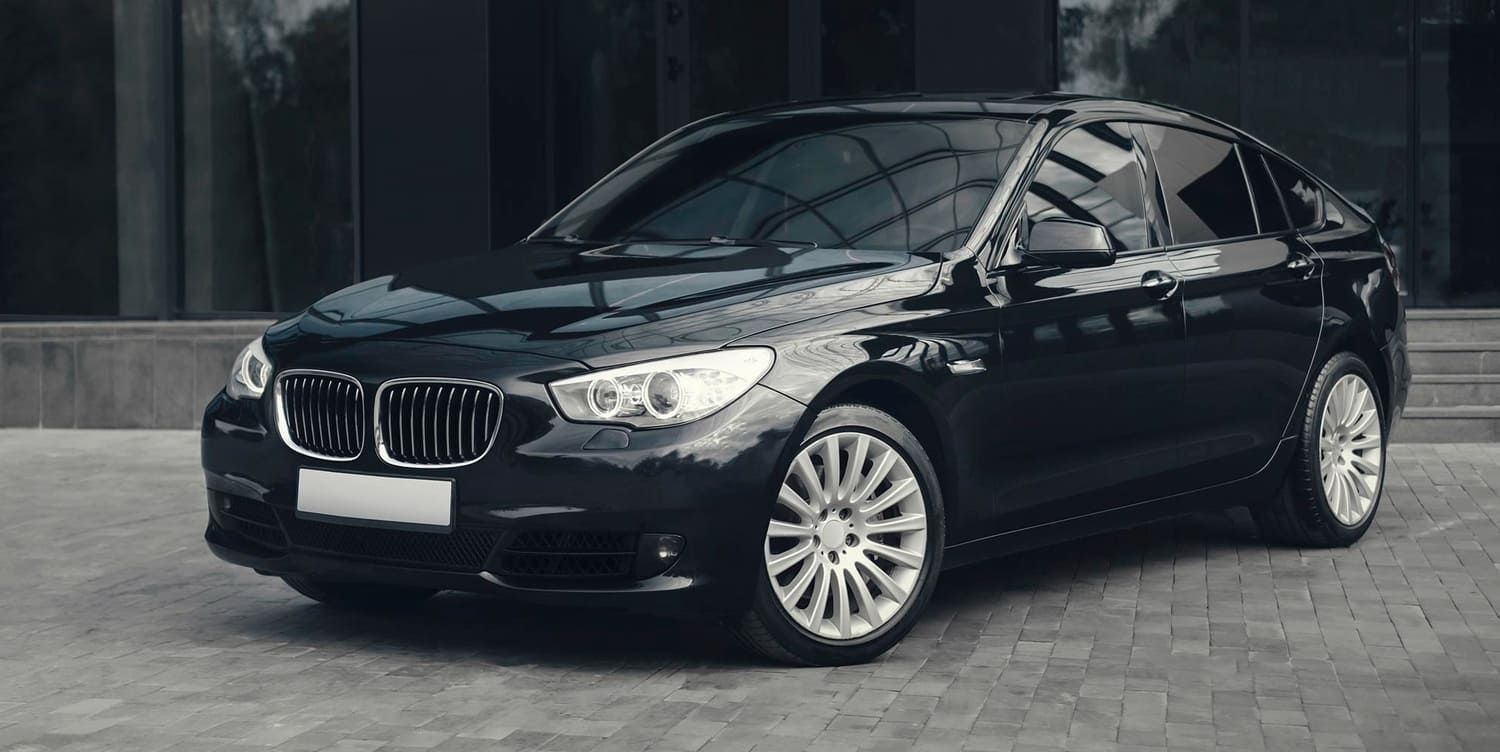
Florida Window Tint Law
If you reside in the Sunshine State, you'll need to be aware of the specific window tint laws in Florida. The state's climate, characterized by intense sunlight, makes window tinting a popular choice among vehicle owners. Florida law stipulates different tint levels for different types of windows and vehicles, allowing for some flexibility depending on the vehicle's use and design. Understanding these specifics helps you choose a tint that maximizes comfort and protection while staying within legal limits.
Legal Tint Levels
- Front Side Windows: The law requires that front side windows allow more than 28% of light in. This level ensures adequate visibility for drivers, balancing comfort with safety.
- Back Side Windows: These windows must allow more than 15% of light in. The more lenient restriction reflects the reduced need for visibility compared to front side windows.
- Rear Windows: Similar to back side windows, they must allow more than 15% of light. This allows for greater privacy while still adhering to safety standards.
- Windshield: Non-reflective tint is allowed along the top of the windshield above the manufacturer's AS-1 line, providing sun protection without obstructing the driver's view.
These percentages refer to Visible Light Transmission (VLT), which is the amount of light that can pass through the window and film. A lower VLT means a darker tint, and understanding these measurements can help you make informed choices that align with both your needs and legal requirements.
Reflective Tints
In Florida, reflective tints are also regulated. Reflective tints are designed to reduce glare and heat, making driving more comfortable in sunny conditions. The law permits a certain level of reflectivity, with specific limits to prevent excessive glare that could impair the vision of other drivers. For both front and back side windows, the reflectivity must not exceed 25% and 35%, respectively. These regulations ensure that while your vehicle can benefit from reduced heat absorption, it does not create visibility issues for others on the road.
Darkest Legal Tint in Other States
Tint laws can vary significantly from one state to another. This variation is due to differences in climate, road conditions, and state safety priorities. Here's a quick overview of some other states' laws regarding window tinting to illustrate how these differences manifest across the country.
California
- Front Side Windows: Must allow more than 70% of light in. California prioritizes driver visibility, especially in areas prone to fog and heavy traffic.
- Back Side and Rear Windows: Any darkness can be used. This allows for greater privacy for rear passengers without compromising front visibility.
- Windshield: Only the top 4 inches can be tinted. This ensures that the driver's line of sight remains unobstructed.
Texas
- Front Side Windows: Must allow more than 25% of light in. Texas law reflects a balance between heat reduction and visibility, crucial in a state known for its hot climate.
- Back Side and Rear Windows: Any darkness can be used. This provides flexibility for drivers looking to maximize privacy and sun protection.
- Windshield: Non-reflective tint is allowed above the AS-1 line, ensuring sun protection without hindering the driver's view.
New York
- Front and Back Side Windows: Must allow more than 70% of light in. New York's regulations prioritize maximum visibility, essential in urban environments with heavy pedestrian traffic.
- Rear Windows: Any darkness can be used. This offers privacy for passengers while maintaining strict visibility requirements for the driver.
- Windshield: Only the top 6 inches can be tinted, balancing sun protection with safety in a state that experiences diverse weather conditions.
Importance of Checking Local Laws
While these examples provide a general idea, always check your local regulations before applying tint, as laws can change and may have exceptions or additional requirements. Local laws may include specific provisions for certain types of vehicles or exemptions for medical conditions, so staying informed helps you avoid potential legal issues.
Choosing the Right Tint
When selecting the darkest legal tint for your area, consider how you use your vehicle and your personal preferences. The right tint can significantly enhance your driving experience by reducing glare and heat. If you often drive at night, you might prefer a lighter tint for better visibility, ensuring safe navigation in low-light conditions. If privacy is your primary concern, you might lean towards a darker tint within legal limits, offering peace of mind without sacrificing safety.
Consulting Professionals
Professional tinting services can provide valuable advice on legal limits and help you choose the best tint for your needs. They have the expertise to recommend options that align with both your aesthetic goals and compliance requirements. They can also ensure that the installation is done correctly, avoiding bubbles and peeling, which can impair visibility and degrade the tint's appearance over time. By consulting with professionals, you ensure that your tinting investment is both practical and durable.
Benefits of Legal Tint
- Comfort: Tints reduce heat inside the car, making it more comfortable during hot days, which is particularly beneficial in regions with intense sunlight.
- Protection: They block harmful UV rays, protecting your skin and the car's interior from sun damage, preserving both health and vehicle value.
- Privacy: Tints offer a degree of privacy by making it harder for outsiders to see inside your vehicle, which can deter theft and add to personal security.
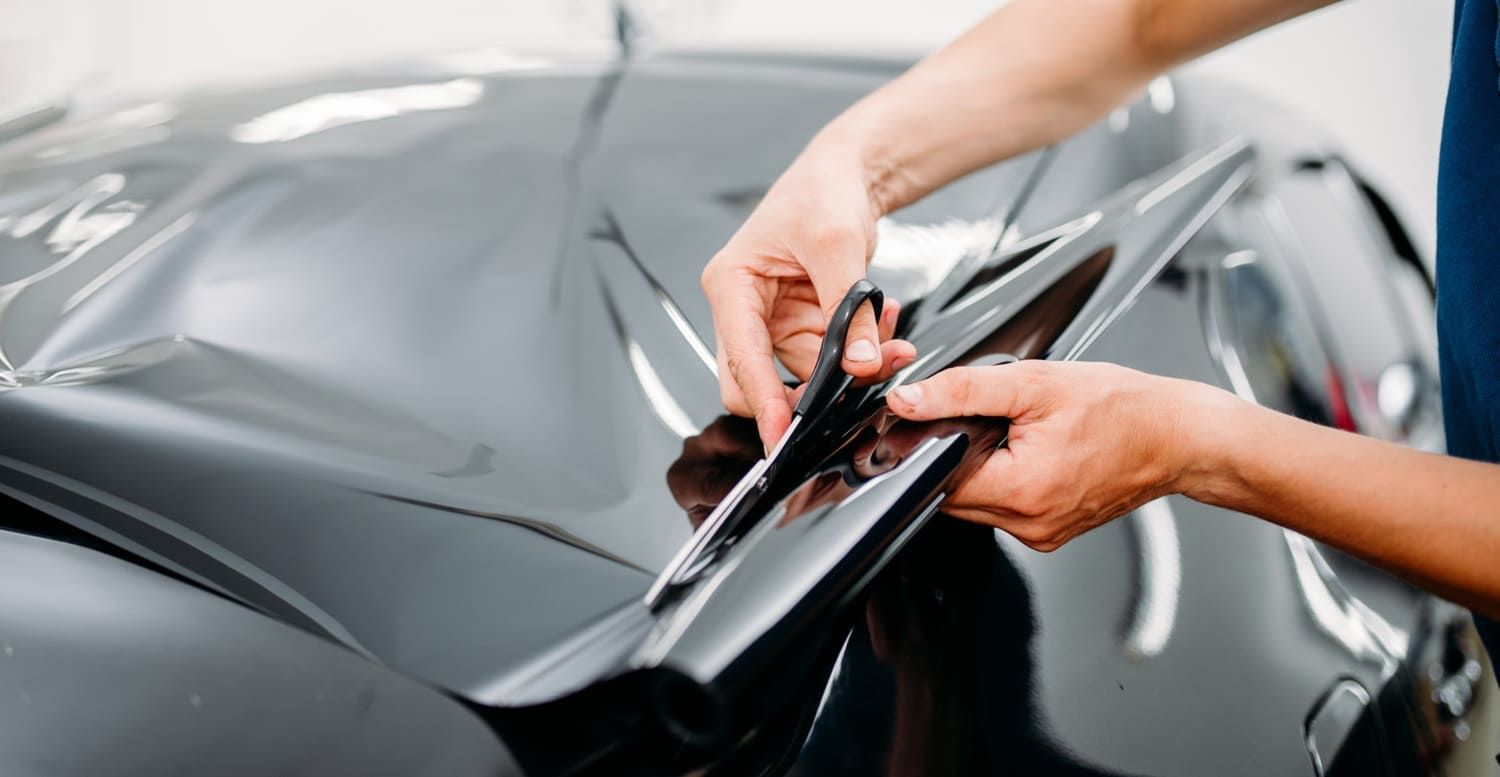
Consequences of Illegal Tint
Installing tints that exceed legal limits can result in fines and penalties. Law enforcement officers can issue tickets, and you may be required to remove illegal tints to comply with the law. This can be both costly and inconvenient, disrupting your daily routine. Additionally, illegal tints can cause safety issues, especially during nighttime driving, where reduced visibility can lead to accidents.
Staying Informed
It's crucial to stay informed about the tint laws in your area and any changes that may occur. Regulations can evolve, and staying updated ensures that your vehicle remains compliant. Regularly checking with your state's Department of Motor Vehicles (DMV) or equivalent can help you stay compliant. This proactive approach not only saves you from potential legal issues but also keeps you informed about new products and technologies in tinting that comply with the law.
Conclusion
Understanding the darkest legal tint for your area ensures that you enjoy the benefits of window tinting without facing legal issues. Whether you're in Florida or another state, knowing the specific regulations for each window type can help you make informed decisions. Always prioritize safety and legality when considering window tints for your vehicle, ensuring that your choices enhance your driving experience without compromising legal compliance.
At Solar X of the Palms — the best window tinting installers serving West Palm Beach, FL — we specialize in high-quality, compliant tint installations. Contact us today for a free estimate and let our experts help you achieve the perfect balance of style, comfort, and legal protection.
Frequently Asked Questions About Legal Car Window Tint Limits by Location
What does “legal tint” mean for my vehicle?
Legal tint refers to the maximum level of window darkening allowed by your state or local laws. These regulations vary depending on the type of vehicle and which windows are being tinted, such as front sides, rear sides, and the rear windshield.
How do I find out the darkest tint allowed in my area?
The best way is to check your state’s Department of Motor Vehicles (DMV) or law enforcement websites. Many professional tint shops also stay updated on local laws and can advise you on compliant options during your appointment.
Is the legal tint percentage the same for all windows?
No. Most areas have stricter limits for front side windows compared to rear side or back windows. For example, in Florida, front side windows must allow more than 28% of light in, while rear windows can be as dark as 15%.
Are there different tint laws for SUVs and sedans?
Yes. In some states, SUVs and trucks may be allowed to have darker tints on the rear windows compared to sedans. This is often because SUVs are considered multi-purpose vehicles.
What are the consequences of illegal tint?
Driving with illegal tint can result in fines, failed inspections, or being required to remove or replace the film. It may also affect your insurance coverage in the event of a claim.
Can medical exemptions allow for darker tints?
Yes, many states offer medical exemptions for drivers or passengers with certain conditions that require additional UV or light protection. You’ll typically need a doctor’s note and DMV approval.
Does the tint's reflective quality matter legally?
Absolutely. Many laws regulate not just how dark the tint is but also how reflective it can be. Reflective tints that create a mirror-like appearance are often restricted.
Can a tint shop ensure I stay within legal limits?
Yes. Reputable tinting professionals are familiar with local laws and can recommend tint percentages that meet legal requirements while still enhancing comfort and privacy. If you're unsure what's allowed in your area, call our expert team at Solar X of the Palms — we’ll help you find the perfect legal tint and install it at one of our three locations. Call us at (561) 833-0088 to book a consultation today.


